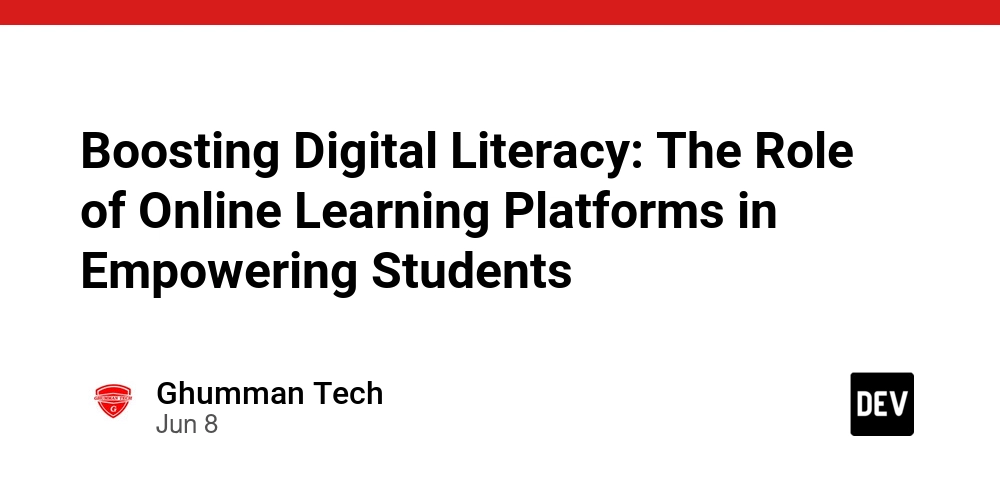Boosting Digital Literacy: The Role of Online Learning Platforms in Empowering Students
Title: Empowering Students through Digital Literacy: The Role of Online Learning Platforms
In our rapidly evolving digital age, fluency in the digital realm, also known as digital literacy, is becoming crucial. It is more than just the ability to use new technologies efficiently—it involves understanding how these technologies can shape society and ourselves and using this knowledge to navigate through our contemporary world. One of the most influential forces driving the development of digital literacy in students today is online learning platforms.
Some may question the relevance of digital literacy. Fundamentally, digital literacy equips learners with the skills they need to interact with and produce digital content, participate in digital communities, and generally solve problems in digital environments. In other words, students with digital literacy can do more than just consume digital content; they can also communicate, create, and engage effectively using digital technology, leading to well-rounded tech-savviness needed in today’s globalized world.
Through online learning platforms such as Coursera, Khan Academy, and Google Classroom, students have the opportunity to develop their digital literacy skills. These web-based channels provide study materials, assignments, projects, and assessments digitally, giving students consistent exposure to digital media, various software applications, and different communication mediums.
Online learning platforms embed digital literacy development in their strategies and pedagogies. For instance, learning materials often require students to carry out internet research, participate in online forums, and interact with peers and educators via email or online discussion groups. Such tasks not only impart subject-specific knowledge but also enhance digital communication skills, online etiquette, and understanding of digital rights and responsibilities – all integral facets of digital literacy.
Moreover, these e-learning platforms encourage students to take charge of their education. They provide tools for students to manage and organize their learning resources, tasks, and schedules. As a result, students develop vital skills for the digital world, such as self-management, data management, and digital task management.
On another front, most online platforms use multimedia elements to enrich their content. The combined use of text, images, videos, animations, and podcasts supports a multi-faceted learning experience. Gradually, students learn how to interpret and create multimedia content, enhancing their digital literacy further.
Online learning platforms have also created an increasingly interactive learning environment with the integration of digital tools. Students can now collaborate on projects using Google Docs, create presentations on Prezi, or learn to code on Codecademy. Collaborative digital tasks such as these help students to become proficient in using digital tools, enhancing their digital fluency.
With the rise of e-assessments, digital literacy extends to the evaluation process of students’ work as well. Students are learning to create digital portfolios, take e-tests, and even peer-assess through digital platforms. These new avenues of evaluation help them understand the importance of online authenticity and digital credibility.
In conclusion, online learning platforms are playing an increasingly vital role in developing digital literacy among students. They provide easy access to a variety of tools and resources, ranging from learning materials to collaborative tools, that contribute to embedding digital literacy skills comprehensively. It is through these platforms that students not only gain knowledge on various subjects but also learn to navigate through and contribute to the digital world responsibly and efficiently. Digital literacy is no longer an optional skill—it’s a necessary proficiency for the 21st century, and online learning platforms are at the forefront of this educational revolution.

